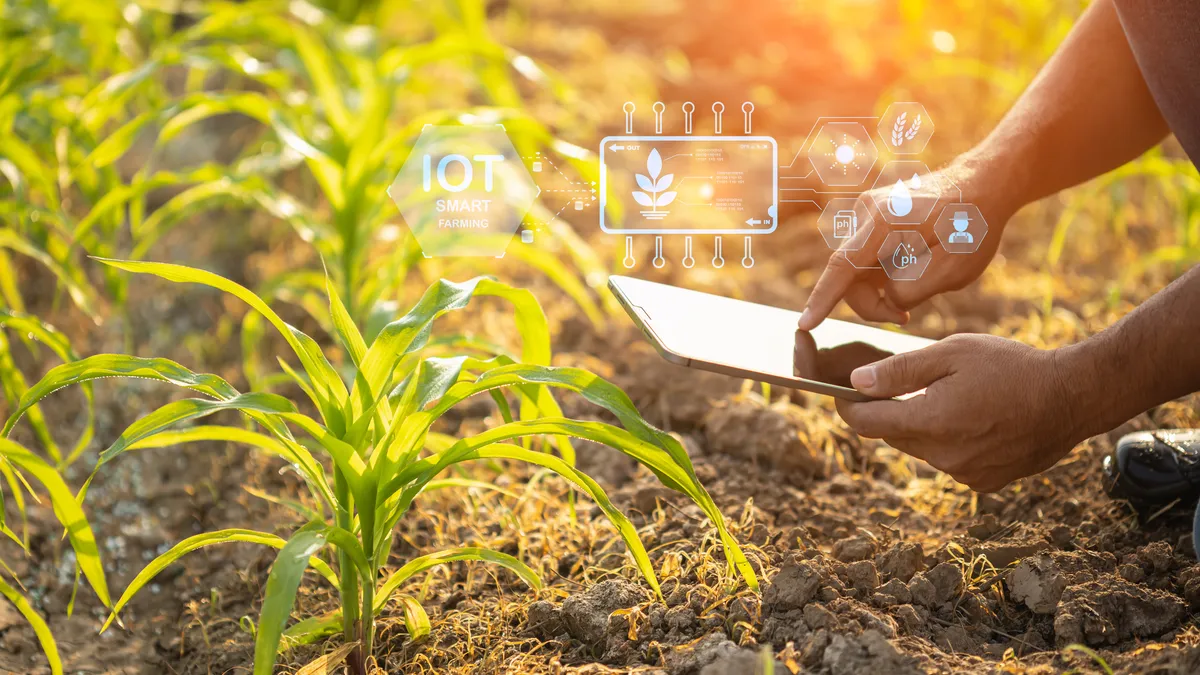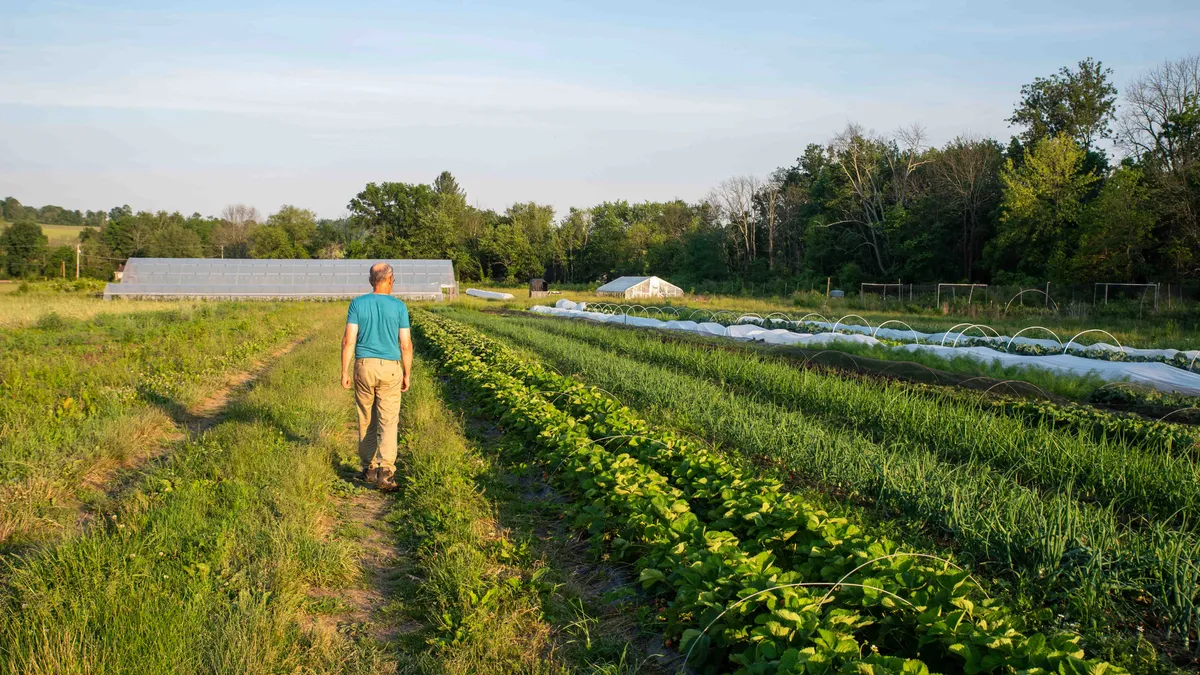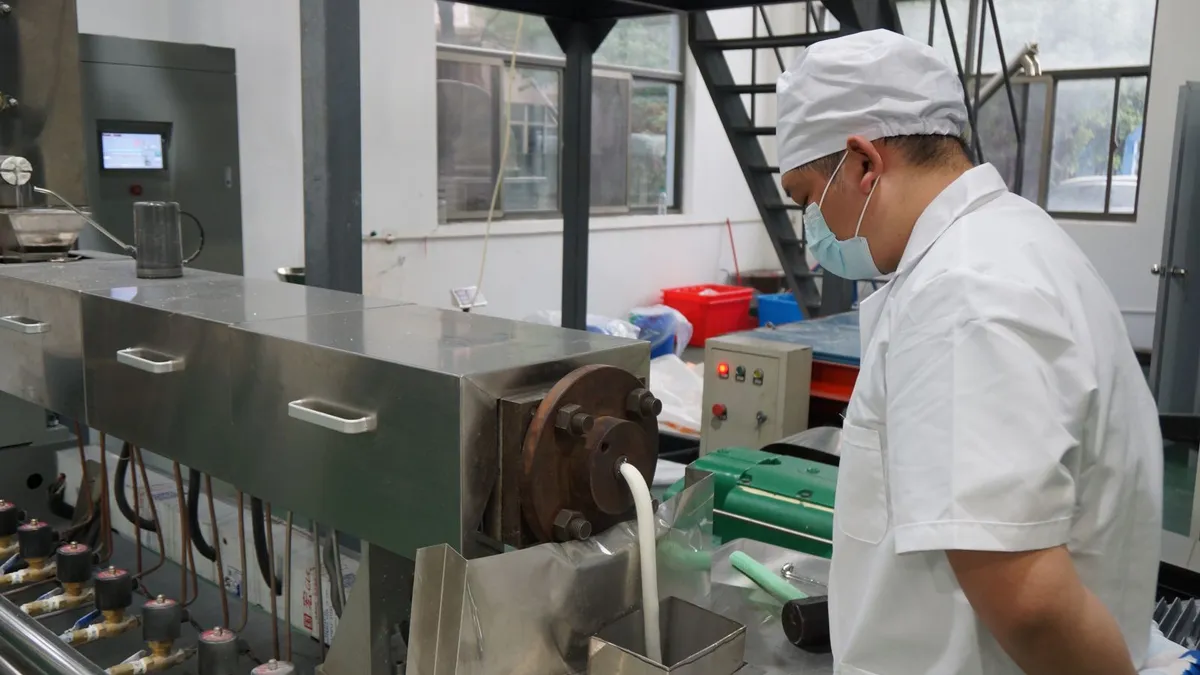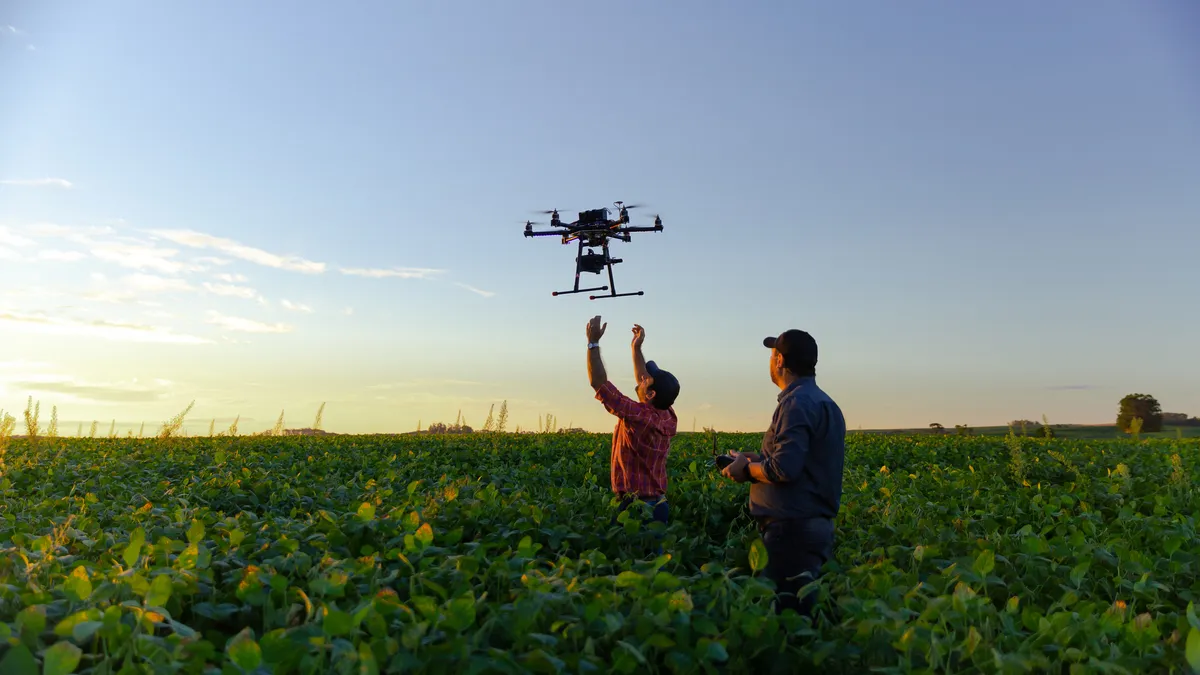Editor’s note: This story is part of a series on trends impacting the agriculture industry in 2024. Read the previous story in the series here.
To feed a fast-growing population, agriculture faces the daunting task of increasing productivity in an era of rising input costs and climate change. Artificial intelligence has the ability to revolutionize the industry by giving farmers unprecedented control over their operations.
Agriculture is ripe with data: weather patterns, soil conditions, water levels and fertilizer usage all factor into a farm's success. And the amount of information is only set to increase — by 2050, individual farms are expected to produce around 4.1 million data points a day.
Artificial intelligence can help decode that vast amount of data to provide farmers with decision-making tools that ultimately increase productivity and efficiency. And as AI is increasingly integrated into equipment like tractors or milkers, it can also help ease labor burdens and help make production more sustainable.
“Farmers are already up against an impossible challenge: feeding a growing population – with less land, resources and labor – all while trying to turn a profit within slim margins," said Praveen Penmetsa, co-founder and CEO of Monarch Tractor, which makes autonomous, electric tractors. "By automating some of the time-intensive, mundane farming operations, robotic and digital solutions … can help increase labor productivity.”
A new era of farm work?
In fields across the U.S., autonomous tractors are already ushering in "a new era of efficiency and safety," said Penmetsa of Monarch Tractor. Monarch's MK-V electric tractor is outfitted with computer vision that allows farmers to remotely operate a fleet of up to eight tractors at once.
Autonomous tractors, sprayers and even milkers are shaping the next generation of farm tools, allowing growers to focus on less labor-intensive parts of their operations.
More farms are poised to embrace automation in 2024 and beyond to lessen the burden of rising labor costs and an aging workforce. Robots can work longer hours than humans, and can also withstand higher outdoor temperatures, which is becoming more important in the age of climate change.
More than half of corn, soybean, cotton and winter wheat acres are now managed through auto-steer and guidance systems, the USDA reported. And autonomy is also gaining traction among livestock operations.
In dairy farming, autonomous milkers offer new ways to lower labor costs while streamlining the production process. Designed for maintaining hygienic conditions, the tech can minimize contamination risks and save substantial time by milking multiple cows at once.
“These machines have become increasingly popular in modern dairy farming due to their efficiency and ability to optimize the milking process,” said Tiago Bresolin, assistant professor of animal science at the University of Illinois Urbana-Champaign.
Ultimately, though, autonomous tech brings more than just efficiency to the table. With tractor overturns the leading cause of death on U.S. farms, the ability to operate autonomously also offers safety benefits.
"This isn't just about automation; it's about safeguarding lives and transforming the agricultural landscape," said Penmetsa.
Unprecedented farm insight
In many cases, smart equipment can provide much-needed insight into how to best use resources to save costs, boost sustainability or even adapt to the impacts of climate change.
In the livestock industry, artificial intelligence can be used to monitor animal welfare and productivity. Alterations in behavior or eating habits can serve as early signals of potential sickness, enabling swift intervention.
“AI algorithms process large datasets, including environmental conditions, historical health records, and genetic information, to predict disease outbreaks, fertility cycles, and optimal breeding times," said Bresolin. "This helps farmers make informed decisions and implement preventive measures."
The technology could also help farmers manage their crops and animals in the face of a changing climate.
Precision AI, for example, makes crop-spraying drones allowing farmers to optimize their fertilizer and pesticide use to minimize impact on the environment. But the drones can also create a digital replica of a farm on a plant-by-plant basis through high-resolution imaging capabilities.
These images can be used to monitor crop health and respond to real-time conditions, allowing farmers to more quickly act in the face of an extreme weather event or the spread of disease, according to senior marketing manager Jessica Day.
"AI technology will — and is — touching every facet of crop management – from quicker detection of weeds, pests, or disease to handling tasks and reporting for agronomists,” she said.


















